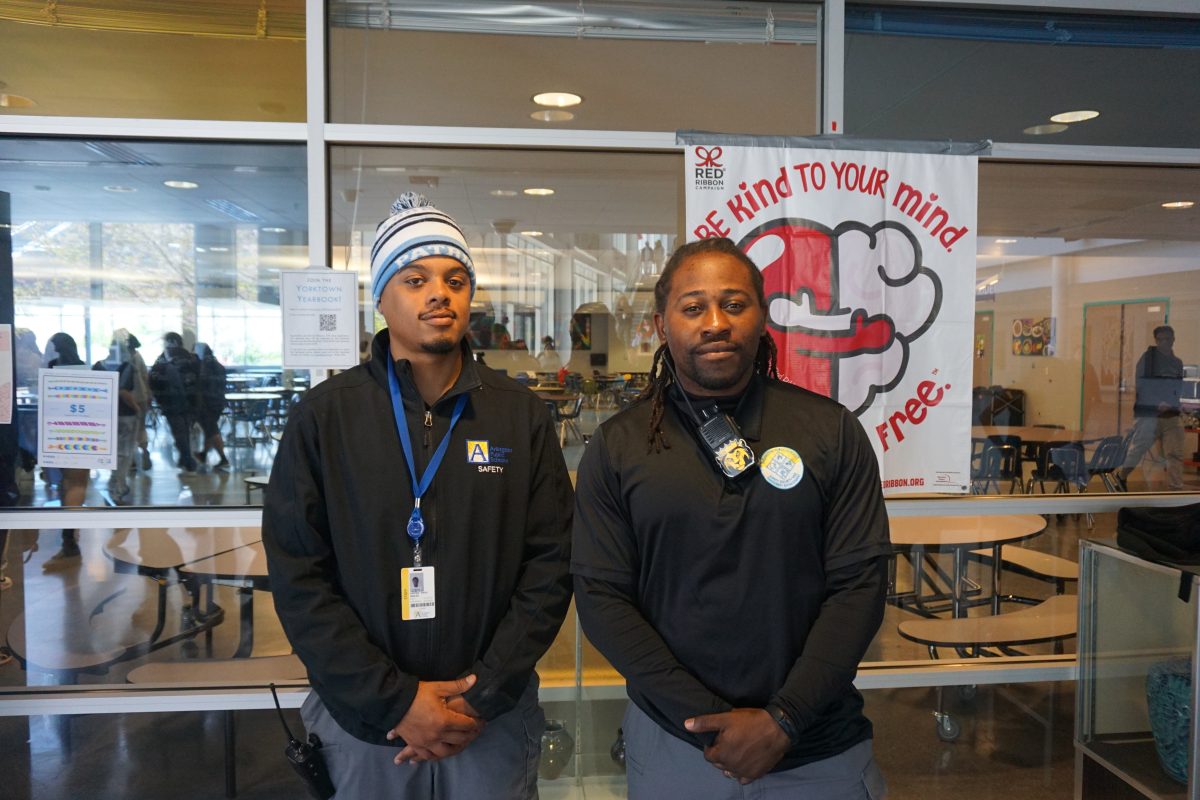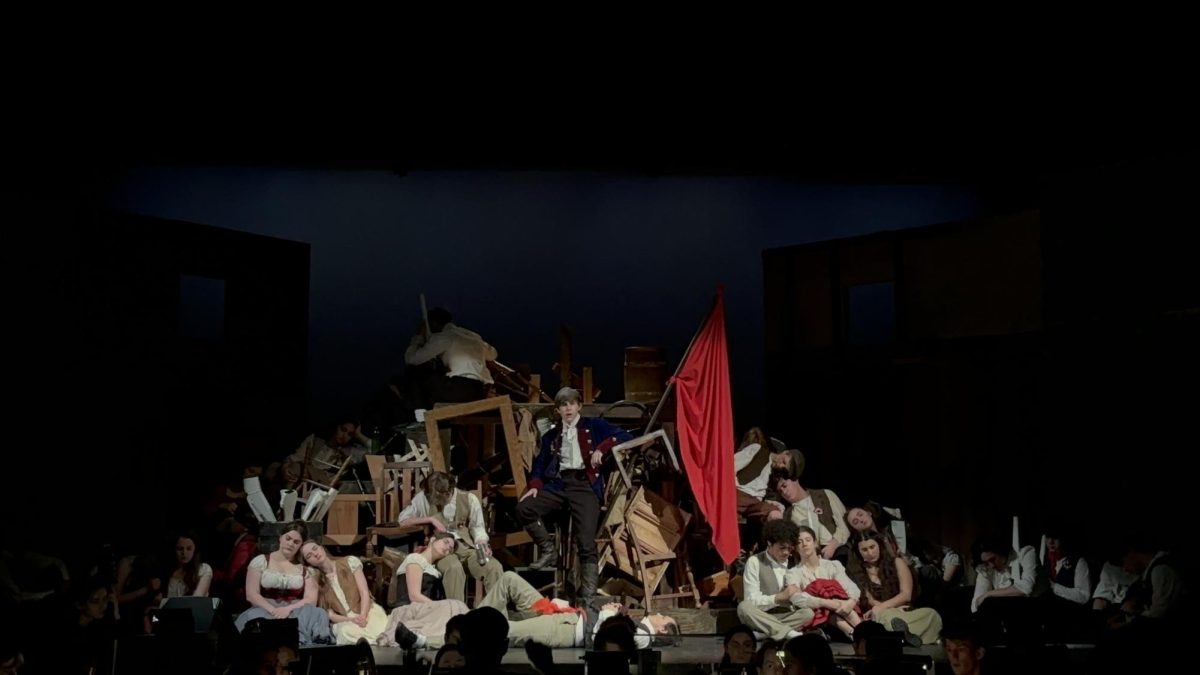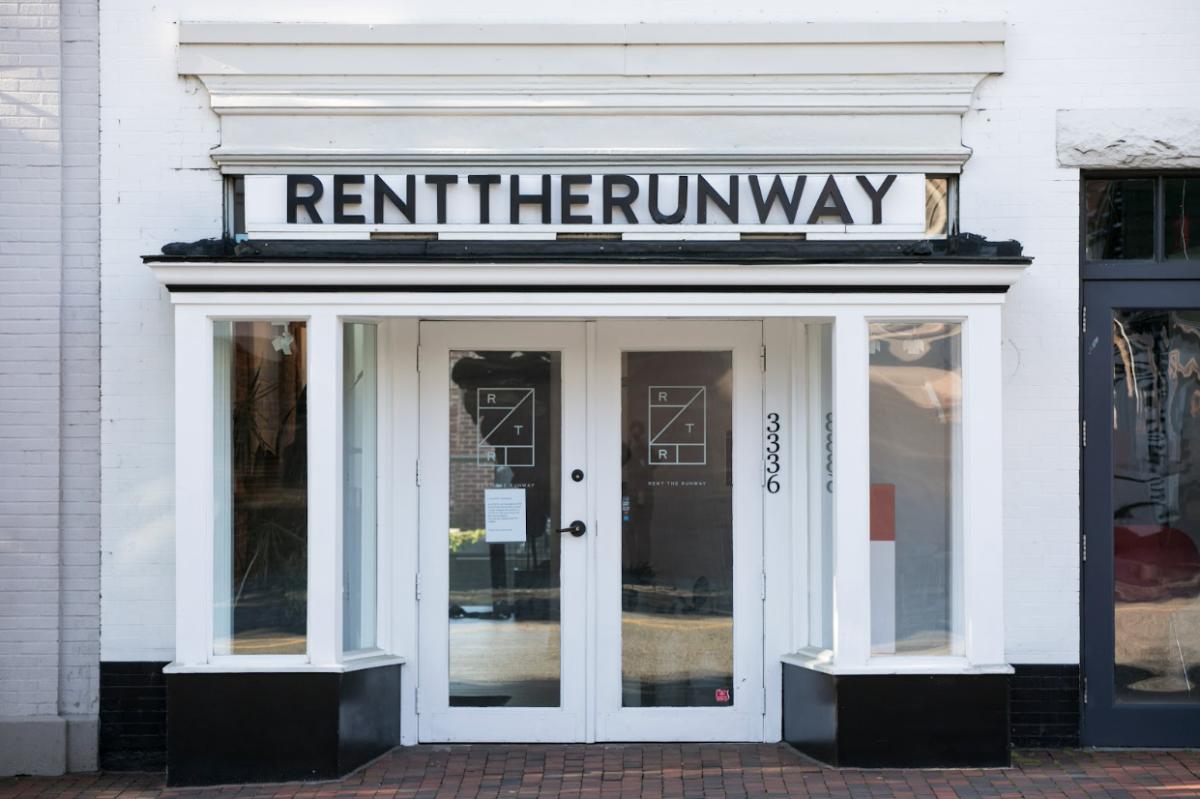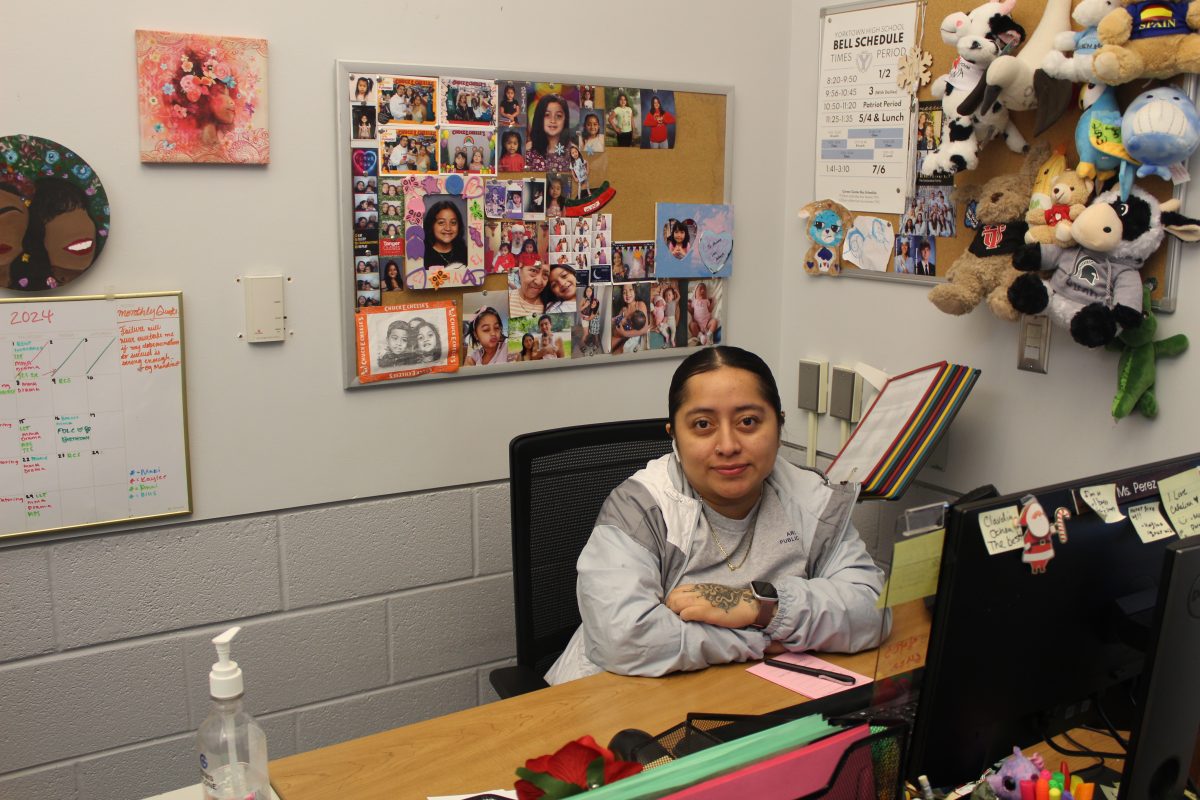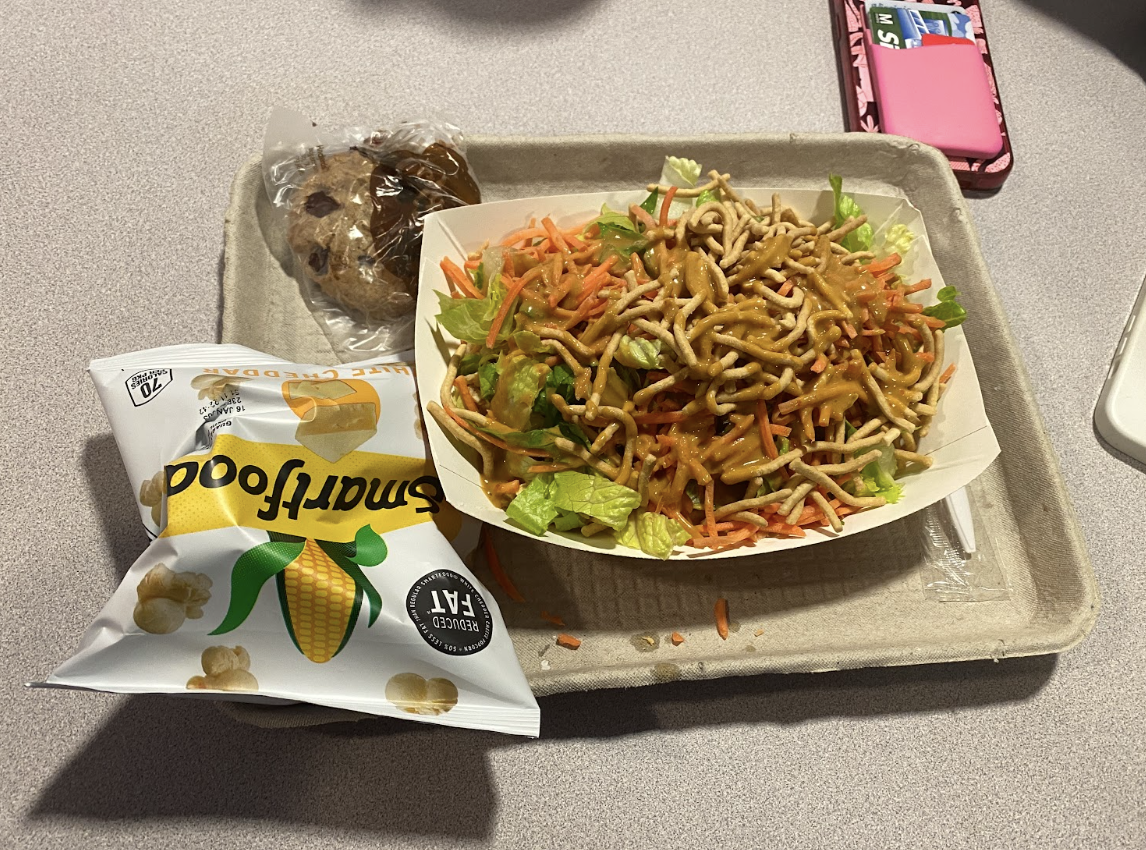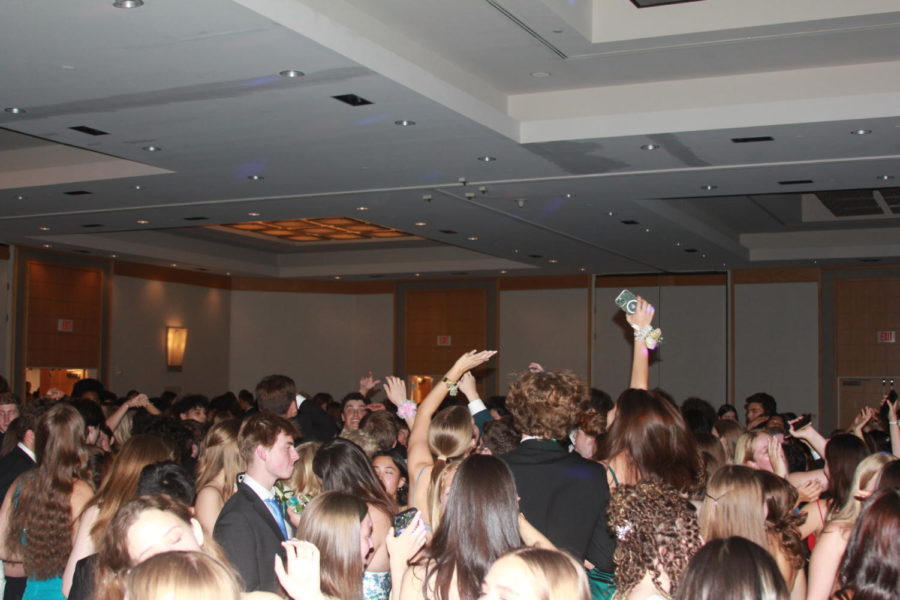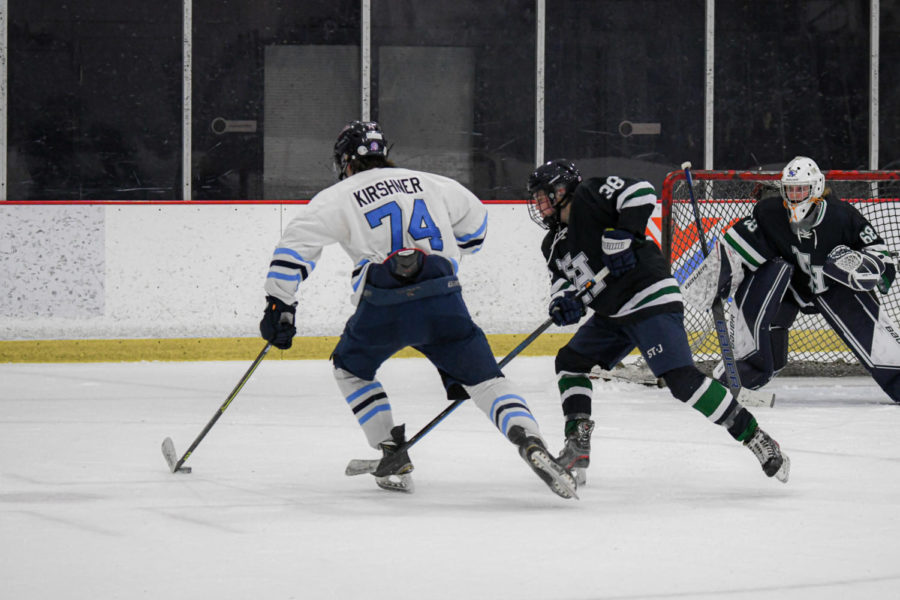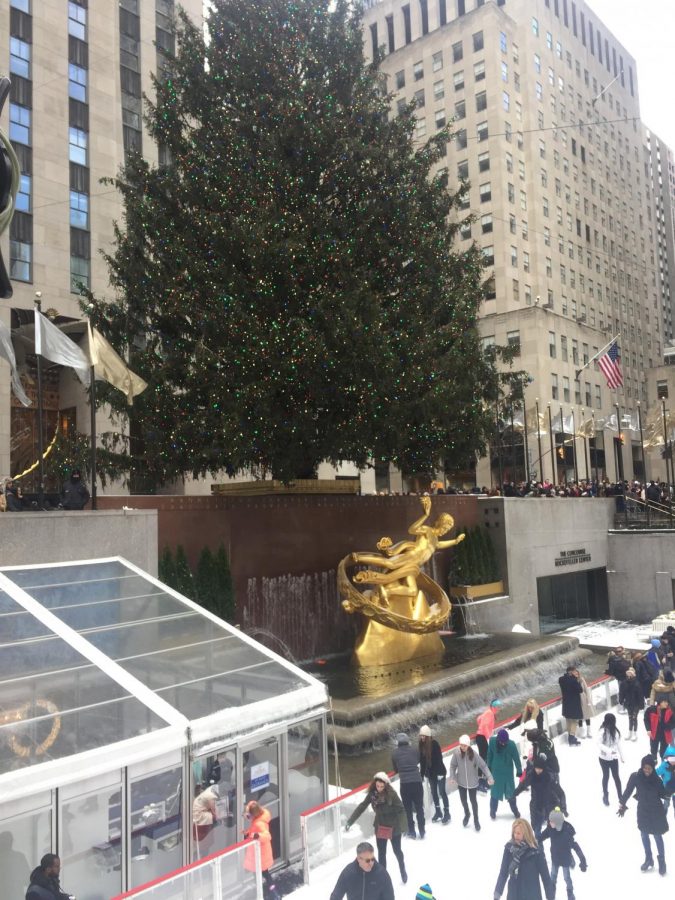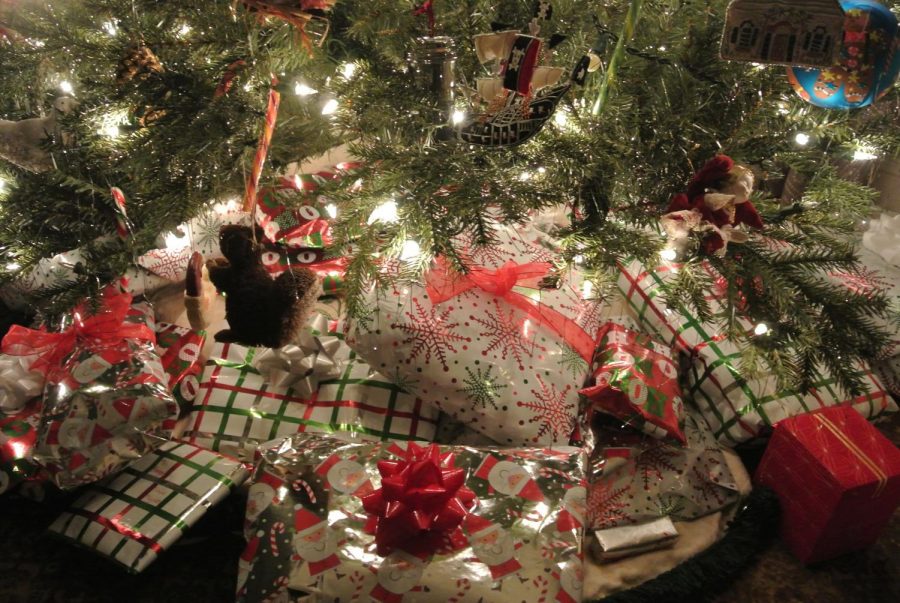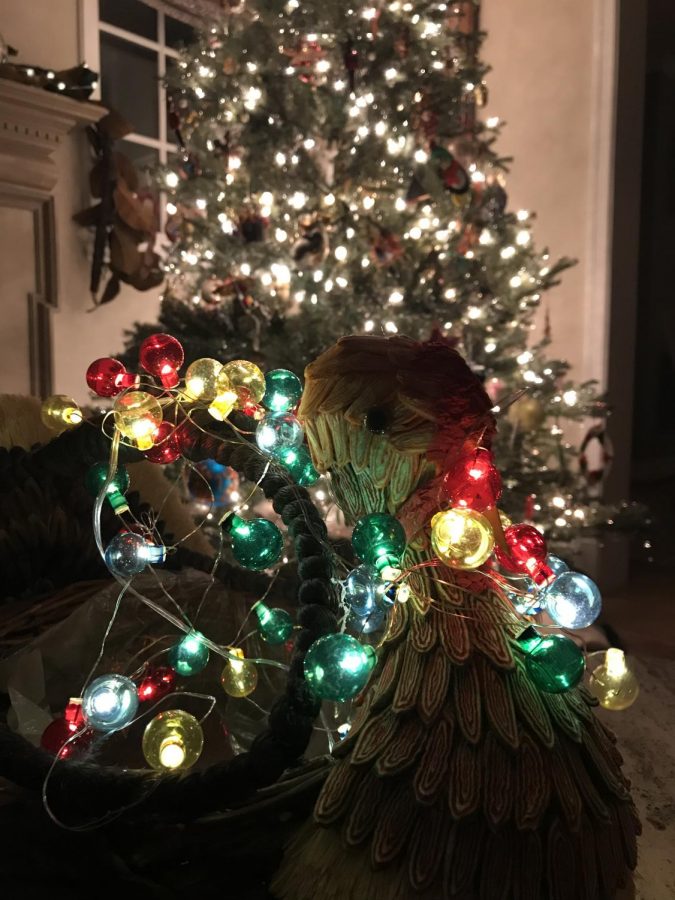As soon as Americans finish their Thanksgiving turkeys, they immediately begin to think about the holiday season: shopping online for Secret Santa presents, buying Christmas trees and decorating their homes with Christmas lights. The holidays in the United States have become increasingly associated with low prices and holiday sales by big business. However, the history and culture of Christmas extends far beyond the U.S. Europe, Latin America and almost all other parts of the world have different traditions and customs to celebrate this holiday.
When thinking of Christmas in Europe, the iconic Christmas markets of Germany, known as Weihnachtsmarkt, often come to mind. Gingerbread, sausages and Glühwein (mulled wine) are among the foods served at these markets. In German homes, the tannenbaum is traditionally put up and decorated on Christmas Eve.
Contrary to the U.S. where Santa Claus has become a pop culture icon, Catholic regions of Germany, as well as other Eastern European and South American countries, have a more religious figure bringing gifts to well-behaved children. The Christkind (child of Christ) was made popular by Martin Luther during the Protestant Reformation, and brings gifts to the children of Europe from Dec 6 to Christmas Eve. A child usually depicted with angelic wings and blonde hair, this tradition reflects the remaining religious aspects of Christmas in Germany.
Meanwhile in Scandinavia, Christmas traditions make the cold winter weather of Northern Europe a bit more bearable. The Swedish Christmas season begins on Dec 13, Saint Lucia day, celebrating the tale of a Christian martyr who brought food to starving Christians. Unlike Americans who begin putting their trees up in early December, Swedes prefer to put up and decorate their trees just a few days before Christmas.
Elsewhere in the north of Europe, Norwegians pay homage to their Viking ancestry through the tradition of Julebukk. A goat ornament made out of straw is placed onto their trees, representing the god Thor and his magical goats who lead him through the night sky. Norwegian children leave a bowl of rice porridge for the impish elf, Nisse, to snack on while they sleep.
Across the Norwegian sea, Icelandic Christmas is characterized by very little daylight, where there is only four to five hours per day. Jolasveinar, or the 13 “Yuletide Lads,” are Icelandic versions of Santa. Each has their own role, story and personality. According to centuries old traditional folklore, the mother of the Jolasveinar, known as Gryla, kidnaps naughty children and boils them alive, although the story has been edited in recent years to be more appropriate.
No matter where you go for the holidays, you can always count on the fact that there will be good food. South American cuisine during the holiday season is no exception. In addition to traditional lamb and pork, Argentines eat a dish known as pan dulce: a vanilla bread containing chocolate chips, raisins, dried fruits and nuts. Brazilians, inspired by the Italian dish panetone, make their own version of the sweet bread, adding chocolate and sweet guava in place of the conventional dried fruit.
South American countries are mostly Catholic, so it comes as no surprise that much of the population participates in Misa de Gallo, or “midnight mass.” After Christmas Eve dinner, families either participate in, or watch the mass on television. It often lasts until the sun rises.
In the Western, more rural region of Brazil, people celebrate Folia de Reis. The tradition, which takes place between Christmas eve and early January, was inherited by the Portuguese and honors the three wise men and their journey to visit baby Jesus.
Elsewhere in the Southern hemisphere, Australians celebrate Christmas in a similar fashion to other English speaking countries. Traditional Christmas stories like Clement Clarke Moore’s ‘Twas the Night Before Christmas and Charles Dickens’ A Christmas Carol are enjoyed by children and adults alike. Because Christmas occurs in the middle of summer in Australia, cold ham, turkey, seafood and salad are the conventional foods for that time of year. Every year in Melbourne, thousands gather on Christmas Eve to sing carols at a candlelight service.
Christmas is truly a worldwide holiday. All across the globe different cultures celebrate the birth of Jesus with their own unique customs and traditions. Protestants in Scandinavia, Catholics in South America, Germans and Australians all observe the holiday eating different foods, singing different songs and attending different kinds of services. The variety in the celebration of the Christmas season across the world is part of what makes it so beautiful.





